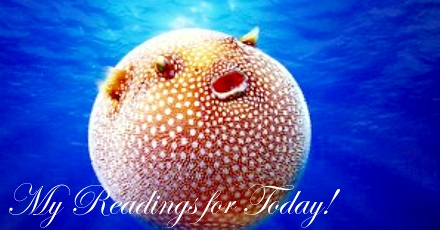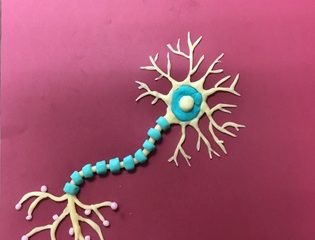Here is what I am reading today:
“As dizzying as it may sound, the impression that we are living in a 3D world is actually a continuous fabrication of our brains. When we look at things, the world gets projected onto the retina and information about the third dimension is lost — a bit like when a 3D object casts a shadow onto a flat, 2D wall. Somehow the brain is able to reconstruct the third dimension from the image, allowing us to experience a convincing 3D world. A team of scientists from Giessen University, Yale and the Max Planck Institute for Biological Cybernetics in Tübingen has recently discovered how cells in visual cortex might help solve this mystery. They created special 2D patterns designed to stimulate specific nerve cells when we look at them. They find that the result is a vivid illusion of 3D shape, which suggests these cells play an important role in reconstructing 3D shape.”
“For link-shortening service Bit.ly, finding a way to jazz up its simple, cut-and-dry product was a challenge. How can a little web tool make a visual impact in a thoughtful way? Neil Wehrle, VP of user experience at Betaworks, found a simple answer to that problem: pufferfish. With two bright and cute mascots as the face of Bit.ly’s sharp product, the company made an impression and delighted users. Three iterations later (and one more on the way!), the pufferfish still charm throughout the website.”
“The vaccine, which targets a protein known as tau, prevents the ongoing formation of neurofibrillary tangles in the brain of a mouse with Alzheimer’s disease. This progressive neurodegenerative disease affects more than 35 million people worldwide. The tau protein is also involved in front temporal dementia, the second most common form of dementia in people younger than 65 years.The results of the study which led to the production of the vaccine have been published today in the scientific journal PLoS ONE.”
“House-hunting is full of decisions, for us and honey bees. One early decision we both face is where to live. P. Kirk Visscher at the University of California, Riverside, often in collaboration with Thomas Seeley at Cornell University, NY, has long been studying how honey bees make these decisions.”
“”Leaders of all ranks view admitting mistakes, spotlighting follower strengths and modeling teachability as being at the core of humble leadership,” says Bradley Owens, assistant professor of organization and human resources at the University at Buffalo School of Management. “And they view these three behaviors as being powerful predictors of their own as well as the organization’s growth.””



